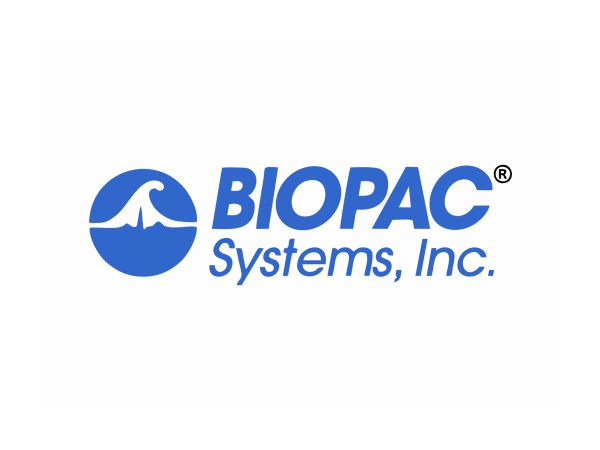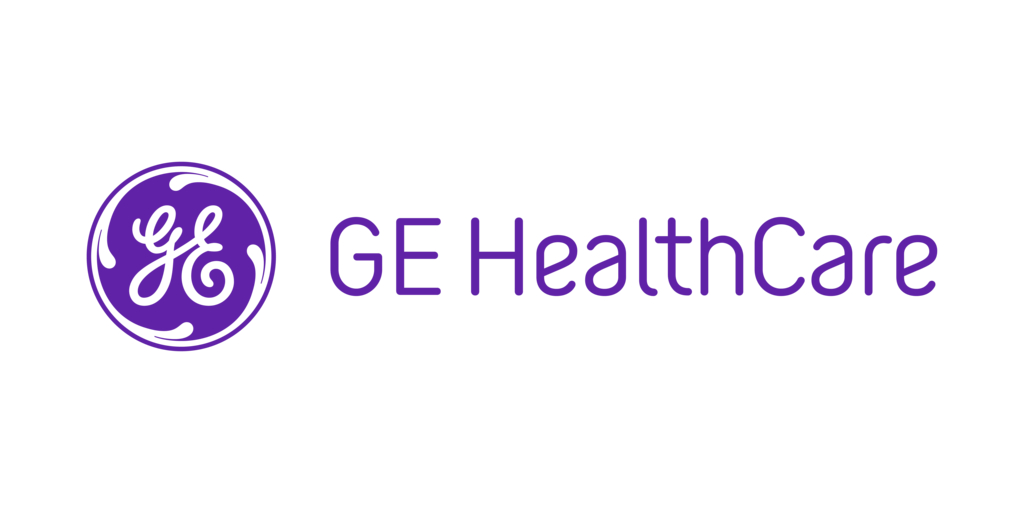MaRBEL meeting 2025
Academic Hall
Building A1 - University of Liège
The field of MRI research continues to expand, bridging the realms of clinical applications and experimental research. With the rapid growth of methodologies like 7T MRI, the event will facilitate discussions on breakthroughs in imaging and analysis, shedding light on their potential to unlock new insights into complex biological structures and functions. This year's symposia and keynote lectures will cover a spectrum of specialized topics, including high-resolution knee imaging and in vivo and ex vivo histology of the brain as well as imaging the cortical layers, preclinical MRI applications, kidney imaging.
The inclusion of qualitative discussions, such as data archiving and BIDS data structuring further reflects the conference's commitment to a holistic understanding of MRI's role in research. Furthermore, a scientific sessions of a selection of submitted abstracts will give the opportunity to get more insights on MRI research in Belgium.
Like its predecessor, MARBEL 2025 will provide a space for MRI experts, technologists, and academics to engage in meaningful exchanges, share expertise, and collaboratively chart new directions for research. Through keynotes, breakout sessions, and networking opportunities, this conference aspires not only to enrich participants' technical knowledge but also to foster collaborations that transcend institutional boundaries, ultimately strengthening the MRI research community in Belgium and beyond. The conference is indeed open to any clinician, technician, logisitician and researcher working in Belgium as well as in any other countries.
Venue:
Academic Hall - Building A1 - University of Liège - city center - Place du 20-Août, 7 B- 4000 Liège, Belgium.
Sponsors:






-
-
08:30
→
09:00
Coffee & registration 30m
-
09:00
→
09:10
Opening comments 10mSpeakers: Christine Bastin (GIGA CRC in vivo imaging) , Gilles Vandewalle (GIGA-CRC-IVI)
-
09:10
→
10:10
Keynote: Basic and advanced knee MRI 1h
Introduction by Gilles Vandewalle
In this talk, Pieter will provide an overview of the current techniques forclinical knee and will describe past and recent developments in the field,highlighting the challenges in the path to future implementation in clinicalpractice. Topics include (but are not limited to) rapid knee MRI clinicalprotocols, 3D knee MRI, cartilage compositional biomarkers, imaging oforthopedic implants, and developments in short-echo-time (UTE)acquisitions to evaluate rapidly decaying T2 species abundant inligaments, tendons, menisci, and bone (ZTE, bone MRI).
Speaker: Prof. Pieter Van Dyck (UAntwerp) -
10:10
→
10:30
Data Blitz - Selection of submitted abstracts 20m
1 slide & 1 minute per abstract, managed by Denis Patino Rana and Christophe Phillips
List of 16 abstracts and their number
-
2 Short-term caloric restriction or resveratrol supplementation alters large-scale brain network connectivity in male and female rats
-
4 Brain representations of numerosity across the senses and presentation format
-
9 Stress in pain (STRAIN) MRI protocol: Neural correlates of pain-stress relationship
-
12 Transcutaneous vagal nerve stimulation to promote neuroplasticity and memory in ageing: a multimodal approach
-
14 The use of Preclinical Pharmacological MRI to Investigate Pathway-specific Dopaminergic Function
-
16 Testing the compensation versus differentiation theories by modulating excitability in the motor cortex using non-invasive brain stimulation (tDCS)
-
20 Impact of Light Illuminance on Locus Coeruleus Activity during an auditory Emotional Task: Insights from High-Resolution MRI Imaging
-
21 Externally aligned representation of visual and Tactile Motion Directions in hMT+/V5 and further dorsal stream regions.
-
23 Contribution of quantitative MRI in the preclinical detection of early neurodegeneration of fronto-temporal dementia in patients with amyotrophic lateral sclerosis
-
25 Bridging electrophysiology and neuroimaging to understand the neuronal correlates of spontaneous thinking and alertness during task-engagement
-
27 AURA: Building ‘A User Repository of Artifacts for Perfusion Imaging’ for Quality Control
-
28 Habitual napping in ageing; sex-specific associations with hypothalamic integrity
-
29 Pre-clinical manifestations of Parkinson’s disease: Locus coeruleus, sleep, genetics and cognition
-
31 FRACTALz- Fractal Dynamics as a Diagnostic Tool in Alzheimer’s Disease
-
36 The ARIANES Initiative: Integrating 3T and 7T MRI for clinical research
-
26 Mood induction by reliving memories – impact on mood state and cerebral perfusion
-
-
10:30
→
11:00
Coffee break 30m
-
11:00
→
12:00
Breakout session AM1. Closing the translational gap in renal functional MRI 1h
This talk will focus on the steps necessary to bring (renal) functional imaging biomarkers to the clinic. Pim will guide the audience through the different steps, from discovery, validation, and implementation via clinical trials to clinical use. He will also discuss about the experience built up in COST Action PARENCHIMA, the ups and downs, and the importance of multidisciplinary collaboration.
Speaker: Prof. Pim Pullens (UGent) -
11:00
→
12:00
Breakout session AM2. Mapping the layer-dependent organizationof the brain with in vivo MRI in humans 1h
Recent advancements in MRI technology such as Ultra-High field (UHF) MRI at7 Teslas allow for unprecedented exploration of the brain’s mesoscalestructures. They offer insights into how sensory, perceptual, and cognitiveprocesses are implemented in cortical layers. This breakout session will explorethe importance of layer-specific research. It also showcases recent successes inusing layer-specific MRI research to study the visual cortex (its functionalorganization and its response to sensory deprivation). This breakout emphasizesthe promise of layer-specific MRI techniques in advancing knowledge of humanbrain organization and plasticity.
Speakers: Mrs Alessandra Pizzuti (UMaastricht) , Dr Marco Barilari (UCLouvain) , Prof. Olivier Collignon (UCLouvain) -
12:00
→
12:30
Networking session 30m
Sound blind test & more
Managed by Illenia Paparella and Raphaël Legrand
-
12:30
→
13:45
Lunch break 1h 15m
-
12:30
→
13:45
Poster session 1h 15m
-
13:45
→
14:45
Breakout session PM1. Innovative Crossroads: Translating Preclinical MRI to Clinical Impact 1h
This breakout session will focus on the translational potential of preclinical MRIresearch in bridging the gap between animal studies and human healthapplications. Featuring three talks that highlight exciting translational findings,we will explore how advancements preclinical MRI can enhance understandingof disease mechanisms, treatment response, and diagnostic precision in clinicalsettings. Following these presentations, a guided discussion will address keychallenges and innovative solutions in translating preclinical MRI insights intoclinical practice.
Speakers: Prof. Bénédicte F. Jordan (UCLouvain) , Mrs Joëlle van Rijswijk (UAntwerp) , Dr Shannon Helsper (KULeuven) -
13:45
→
14:45
Breakout session PM2. The "My data organization is as good as yours" fallacy 1h
In neuroimaging, scientists have been using open-source software since the mid-1990's but there existed no consensus on how researchers should systematically organize their data. Typically each lab would structure their dataset in their own way, such that only one/few researcher/s would know how to make sense of them. Moreover, the data could be spread across supports, e.g. in a lab book on a shelf, some Excel file on a laptop, and several hard-drives! Such lack of consensus leads to misunderstandings and time wasted on rearranging data or rewriting scripts expecting certain structure. In 2016, Gorgolewski et al. proposed the "Brain Imaging Data Structure" (BIDS): a framework to solve these issues in an practical and easy-to-adopt way, using open file formats. Since then, BIDS has been broadly adopted by the neuroimaging community and extended to describe several additional modalities and 'data derivatives'. BIDS success can be linked to its being a community effort, addressing clear use cases, solving common end-user problems, and presenting low technical barrier to entry. BIDS effectively provides a simple and intuitive way to organize and describe your neuroimaging/behavioural data. These principles could be extended to other fields.
Speaker: Prof. Christophe Phillips (GIGA CRC human imaging) -
14:45
→
15:45
Scientific session - Oral presentations 1h
Format: 9 minutes presentation followed by 3 minutes of questions.
Chair-people: Aurora Gasparello and Dr Laurent Lamalle
Speakers:
-
Mostafa Mahdipour (Research Centre Jülich), "Predicting individual grey matter health from the individual expotype: the role of body health and related life style factors"
-
Greet Vanderlinden (KU Leuven), "Fibre density and cross-section associate with hallmark pathology in early Alzheimer’s disease Nuclear Medicine and Molecular Imaging, Department of Imaging and Pathology"
-
Robin E. Heemels (UHasselt & KULeuven), "The Impact of Aging and Metabolites on Regional Differences in Cerebral Blood Flow within the Occipital and Sensorimotor Cortices"
-
Claudia Schrauwen (UAntwerp & UNamur), "Longitudinal in vivo assessment of tissue alterations and synaptic density as non-invasive biomarkers for traumatic spinal cord injury"
-
Antoine Jacquemin (ULiège), "Effects of Tissue-Specific Smoothing Approaches on Statistical Analysis in Quantitative MRI Antoine"
-
-
15:45
→
16:15
Coffee break 30m
-
16:15
→
17:05
Keynote: Mapping the Rusting Brain: Iron-SensitiveMRI Biomarkers for Neurodegeneration 50m
Introduction by Mikhail Zubkov
Elevated brain iron levels are a hallmark of neurodegenerative diseases, includingAlzheimer’s and Parkinson’s. Although MRI provides a non-invasive means ofassessing brain iron using contrasts like quantitative susceptibility and transverserelaxation rates, these biomarkers often lack specificity. To address this, Evgeniya’swork integrated multiple iron-sensitive MRI parameters with biophysical models and3D quantitative histology to understand iron-induced contrast mechanisms. Thisapproach enables the development of cell-specific MRI biomarkers. For this talk,Evgeniya will discuss a key application of this work: mapping density and iron loadof dopaminergic neurons for the early detection of Parkinson's disease.
Speaker: Prof. Evgeniya Kirilina (Max Planck Institut - Leipzig) -
17:05
→
17:20
Closing comments & Awards 15mSpeakers: Prof. Koen Cuypers (UHasselt) , Prof. Patricia Clement (UGent)
-
17:20
→
18:20
Brainstorm reception 1h
-
08:30
→
09:00